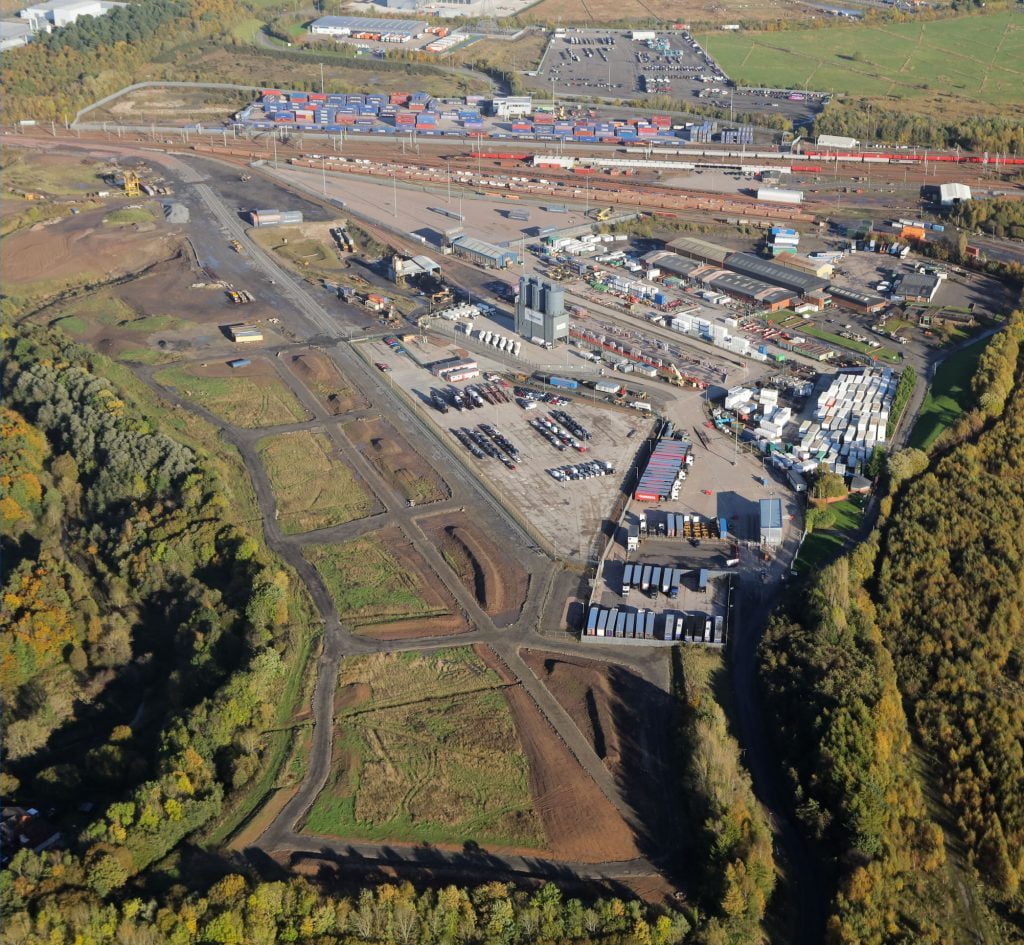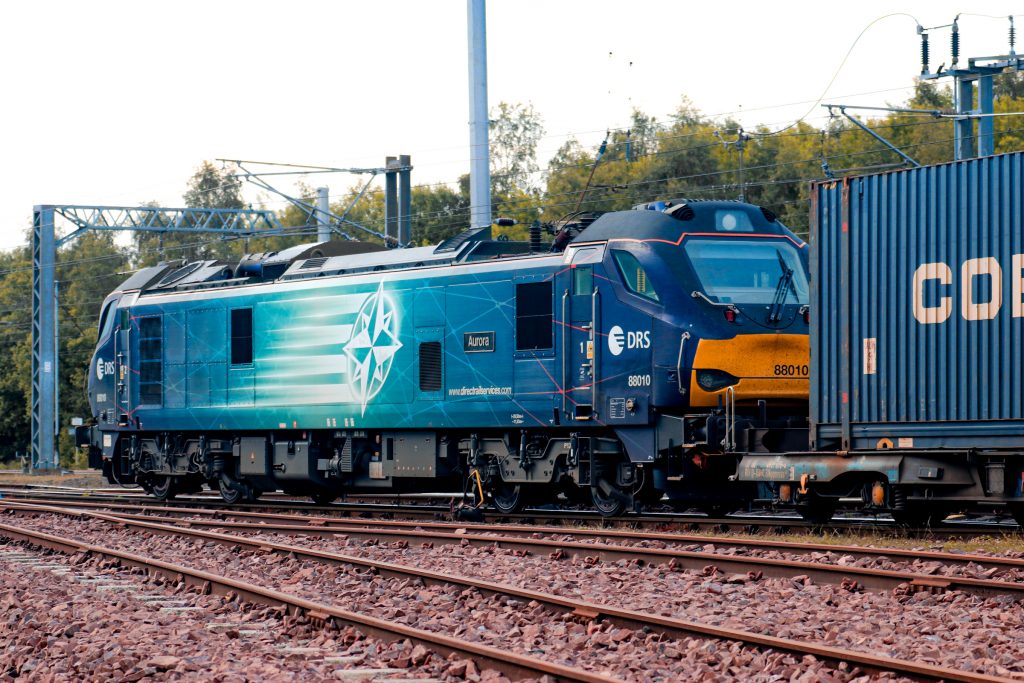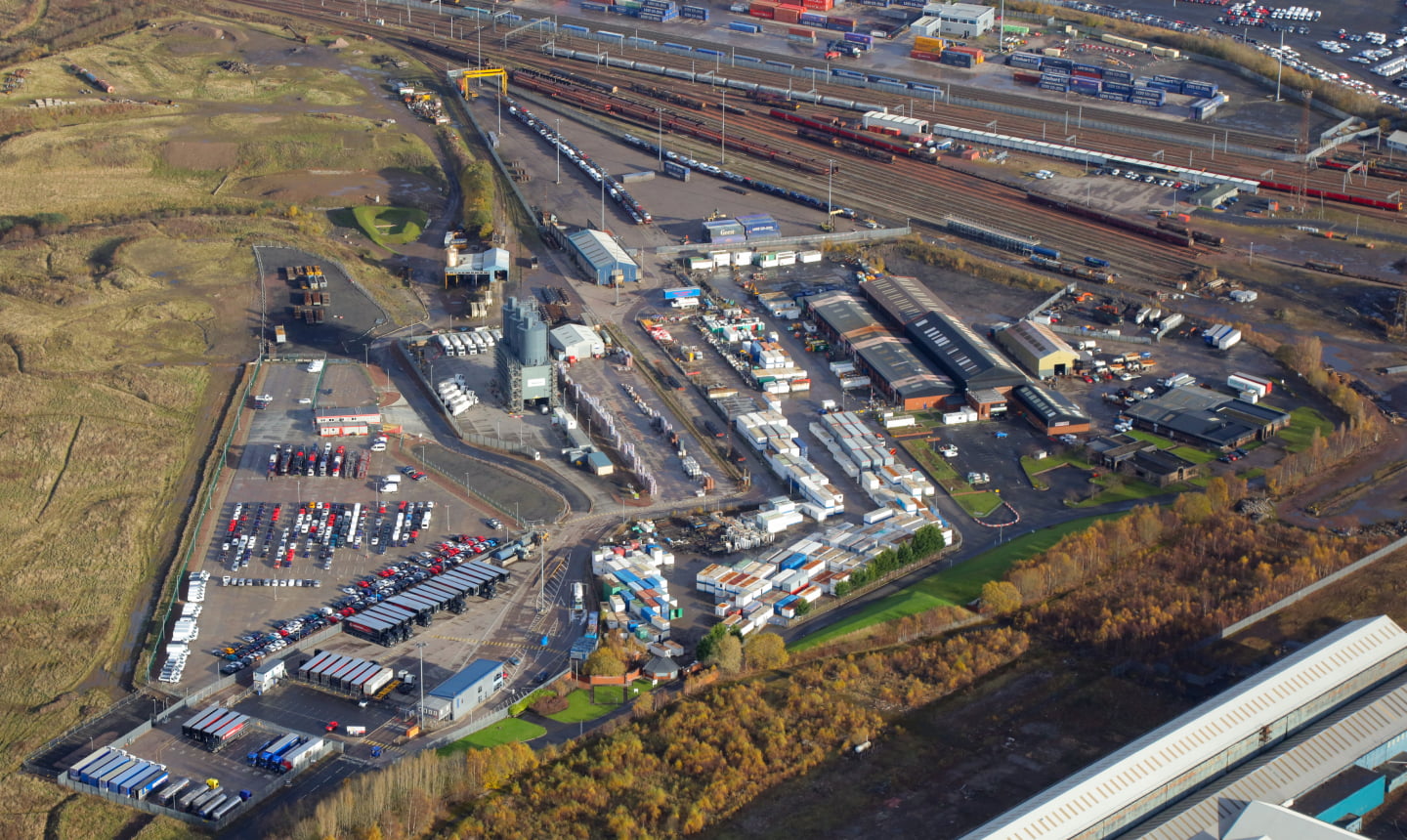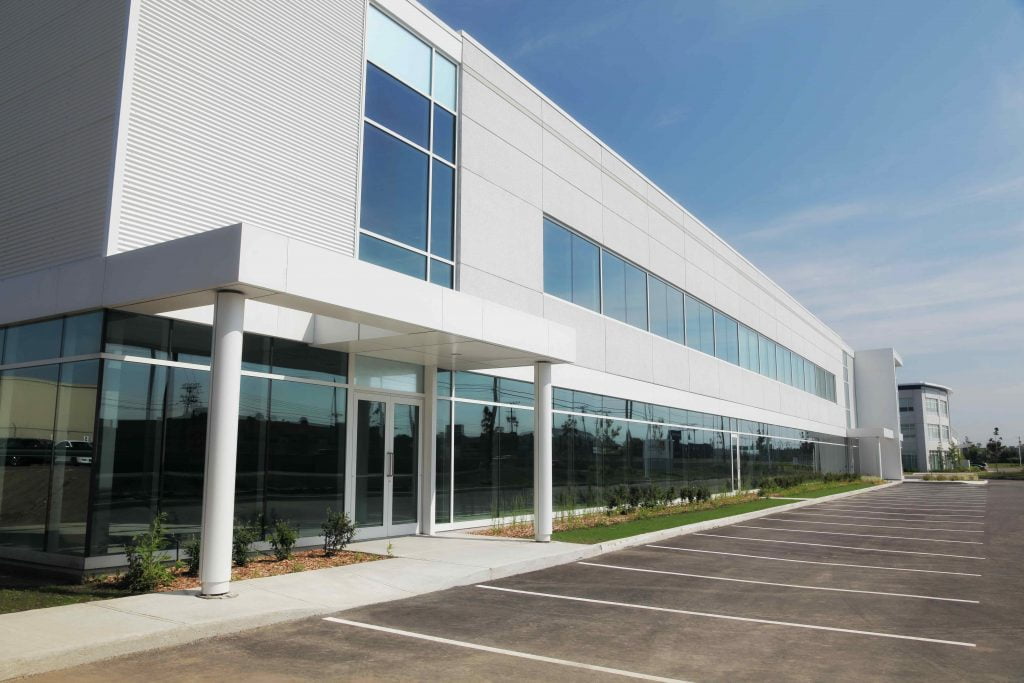Mossend International Railfreight Park is a key partner in the Clyde’s bid for Green Freeport status, contributing to net zero goals and economic objectives.

Green freeports are free economic zones designed to increase economic growth that, within their boundary, must include one rail, air or seaport. For our bid, a key competitive difference is the fact that we don’t just meet this part of the criteria – we exceed it. Championing zero carbon logistics and delivering freight via rail and road, is Mossend International Railfreight Park (MIRP), located in Bellshill, North Lanarkshire. One of four key partners in the Clyde Green Freeport bid, MIRP creates several opportunities for the central belt region. So, what are these?
Jobs, economy and regeneration
MIRP is home to a major decarbonising rail freight hub and terminal, and should our bid be successful, the area will see the regeneration of 283 hectares of land through £17 million of investment unlocked by tax benefits and, in the longer term, £300 million to develop the site and create the infrastructure needed.
Andrew Stirling, Director of Peter D Stirling and MIRP believes green freeport status would provide the region with a much-needed boost.
“Over the 40 plus years we’ve been at Mossend, we’ve employed locals and worked with local partners and clients to build and expand our infrastructure and to provide freight logistics services between Scotland and England.
“In the success of our bid, over 500 jobs will be created at Mossend and business generated that will give our local economy the boost it needs, particularly coming out of the pandemic and moving forward.”
Net zero goals and sustainability
MIRP’s plans to develop an integrated, all-electric, zero-carbon rail freight terminal and logistics operation are well underway. The £44 million high capacity, decarbonised rail interchange had the first two of eight 775m rail sidings put in place earlier this year. The sidings will be served by two electric gantry cranes, electric rail shunters, cross docking facilities and associated road and rail access infrastructure. Additionally, the site will host a net zero freight park consisting of 2.1 million square feet of manufacturing and logistics space.

Andrew Stirling said: “The new terminal at Mossend will be the first carbon free terminal in the UK, reducing the amount of HGVs coming through Scotland by 25%, which will change logistics throughout Scotland and help considerably on the essential drive to net zero.
“At capacity, [the MIRP terminal] will save 225,000 tonnes of carbon annually, which is two thirds of the Scottish Government’s present carbon reduction target.”
MIRP anticipates it will meet the increasing demand for Scottish exports and promote a low carbon economy and sustainable transport by supporting the modal shift from road to rail.
What makes our bid green?
Since we submitted our bid in June, one question has continued to be asked in the community: what makes our freeport green? The Scottish Government, in working with the UK Government, has the following objective as part of four chief policy requisites:
- Promoting decarbonisation and a just transition to a net zero economy.
All of our core bid partners – Peel Ports, Glasgow Airport and Glasgow City Region councils – are making big moves within their industries to carry out their business activities in a “green” manner. At Mossend, it’s the £44 million high capacity, decarbonised rail interchange being developed, which will well and truly help both governments reach net zero by 2040.
To find out more, visit www.clydegreenfreeport.co.uk.
Show your support and #backthebid. Follow Clyde Green Freeport on LinkedIn, Facebook, Twitter and Instagram to stay up to date.

